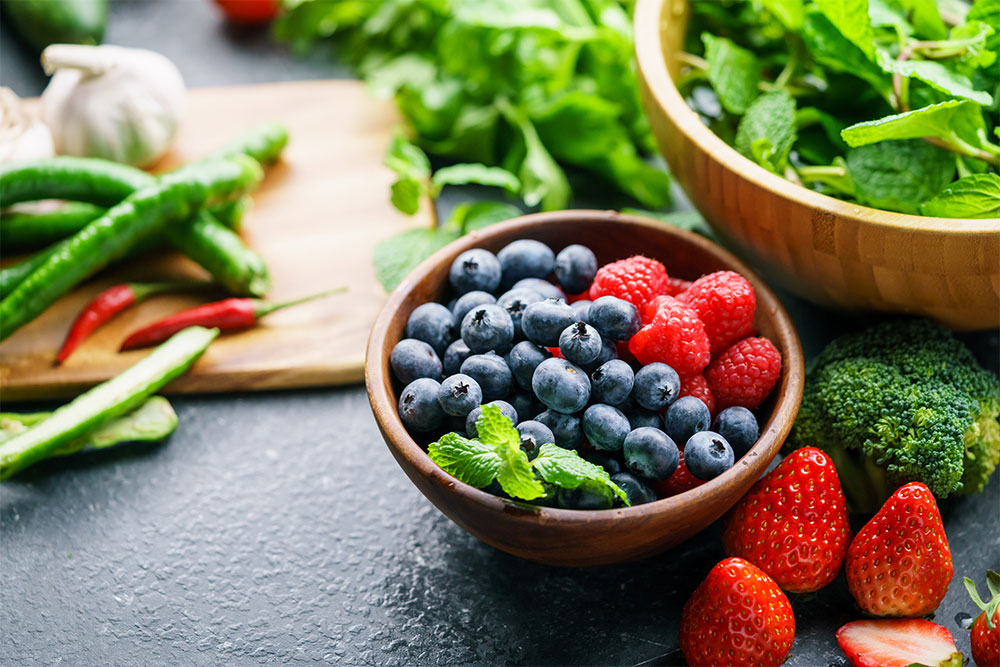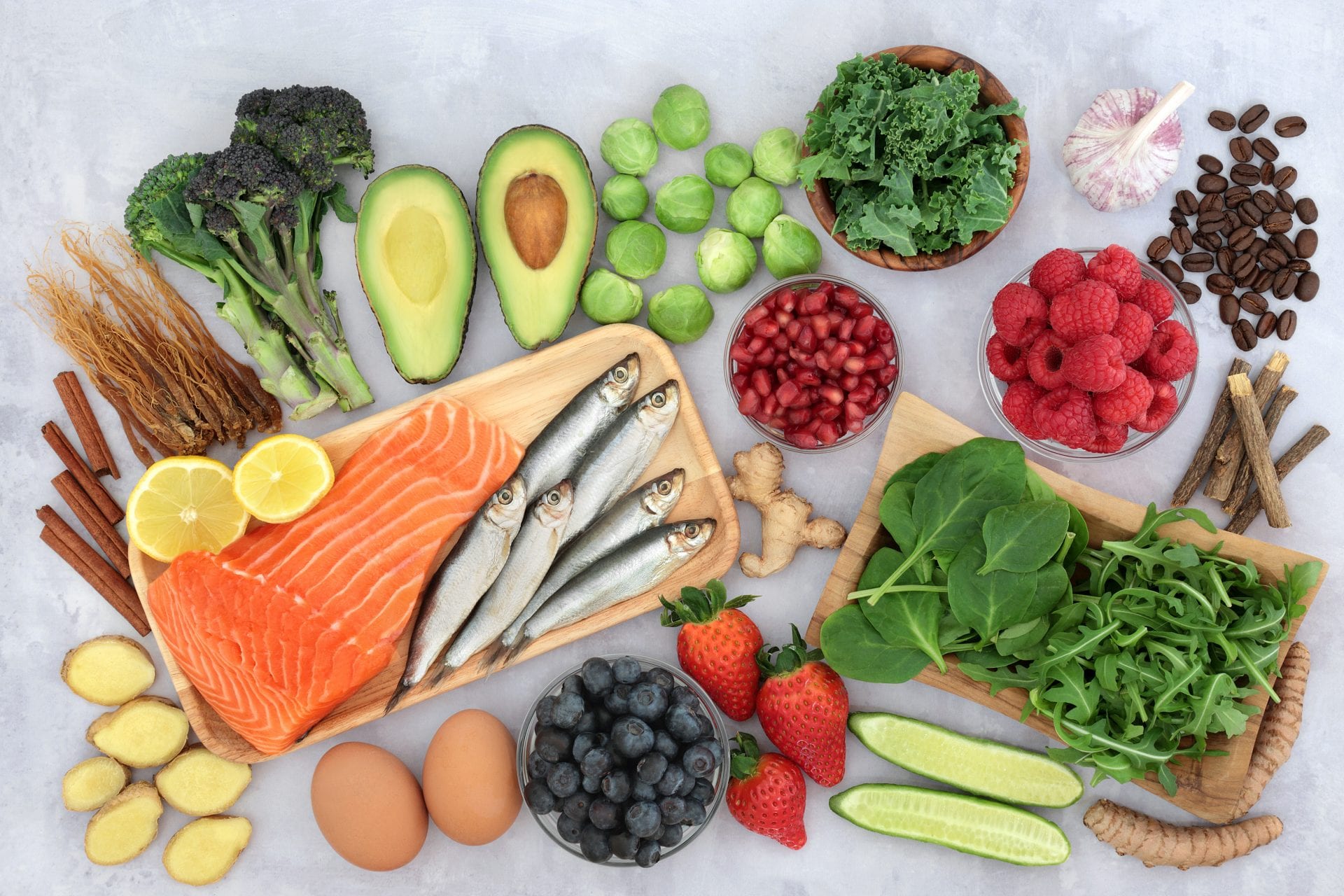It’s fitting that in the month of Valentine’s Day comes another reason to turn your attention to the heart—February is also American Heart Month. As physical therapy and sports medicine professionals, we encourage our clients to make the healthiest lifestyle choices possible. This month we’re emphasizing the health of one of, if not the most essential organ—the heart.
The Centers for Disease Control and Prevention (CDC) lists heart disease as the leading cause of death in the U.S., killing even more Americans than cancer. Heart disease, also called cardiovascular disease, is a term used to describe a variety of problems with the heart. The most common issue is atherosclerosis, the buildup of plaque on the walls of the arteries, inhibiting blood flow, which can eventually lead to stroke or heart attack. Damage to your heart can come from various sources, including congenital heart defects, high blood pressure, and stress.
Related Content >> 8 Steps to Prevent Heart Disease
Real Change Starts with Healthy Habits
The most common causes are lifestyle choices that include smoking, lack of exercise, and an unhealthy diet. Making small changes to your daily life can improve your health and reduce your heart disease chances. These changes can include adding exercise to your routine, quitting smoking (which you should do regardless), and, probably, the most effortless change to make, improving your diet by incorporating heart-healthy foods. Below are some of our favorite foods that taste great and improve cardiovascular health.
Related Content >> 7 Habits to Start This Valentine’s Day to Improve Heart Health
8 Heart-Healthy Foods To Incorporate Into Your Lifestyle
1. Fish
Fish such as salmon, tuna, and trout are all high in omega-3 fatty acids that help to keep your blood flowing and lower blood pressure and triglyceride levels, which lowers your risk of heart disease. Not a fish person? Try taking fish oil supplements instead.
2. Oatmeal
This breakfast staple is high in soluble fiber that helps eliminate “bad” LDL cholesterol from the body. But be sure to eat whole or rolled oats instead of instant oats, which can contain high amounts of sugar.
3. Nuts
Walnuts, almonds, and cashews are full of “good” fats that can improve cholesterol levels when used with saturated fats. Nuts also help you feel satiated, but avoid salted varieties high in sodium and consume them in moderation, as they are very calorie-dense.
4. Berries
Berries are nature’s delicious super fruits. Blackberries, blueberries, strawberries, and raspberries are full of vitamins, antioxidants, phytonutrients, and soluble fiber, all of which help decrease the chances of a heart attack. They can also reduce inflammation, which is crucial to one’s health and well-being.
5. Potatoes
Potatoes are high in potassium and fiber, lowering blood pressure and heart disease risk.
6. Leafy Greens
Leafy greens such as spinach, kale, arugula, and collard greens have been shown to reduce blood pressure, decrease arterial stiffness, and improve the function of cells lining the blood vessels.
7. Tomatoes
Tomatoes contain lycopene which helps to rid the body of bad cholesterol.
8. Dark chocolate
As you shop for candy for your special someone, look for dark chocolate made up of at least 70% cocoa. It contains flavonoids called polyphenols that help to reduce blood pressure, inflammation, and the chance of clotting.
Related Content >> The #1 Best Eating Habit to Prevent Heart Disease
Want more tips for living a healthy life? Contact a Foothills Sports Medicine Physical Therapy clinic near you!





